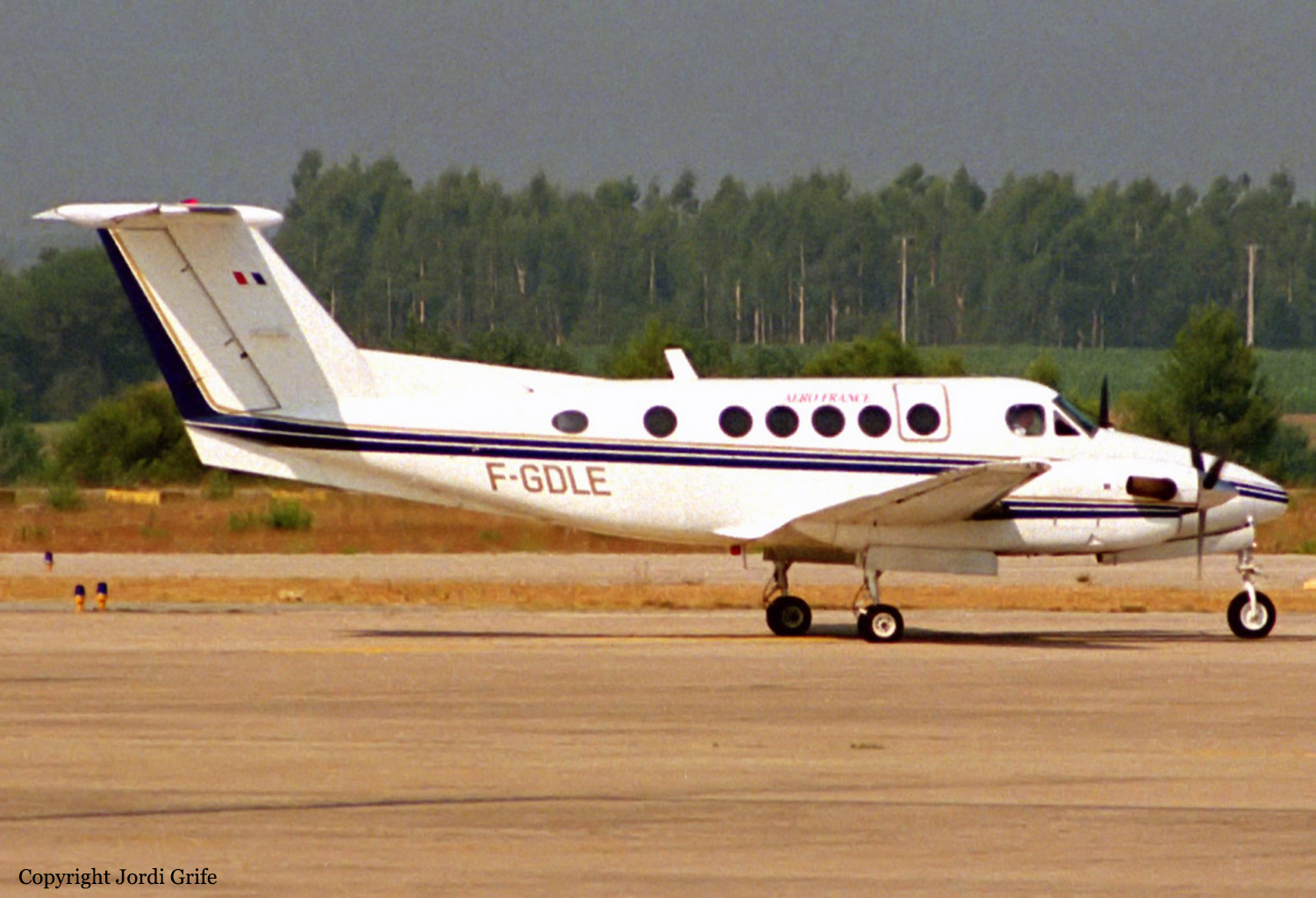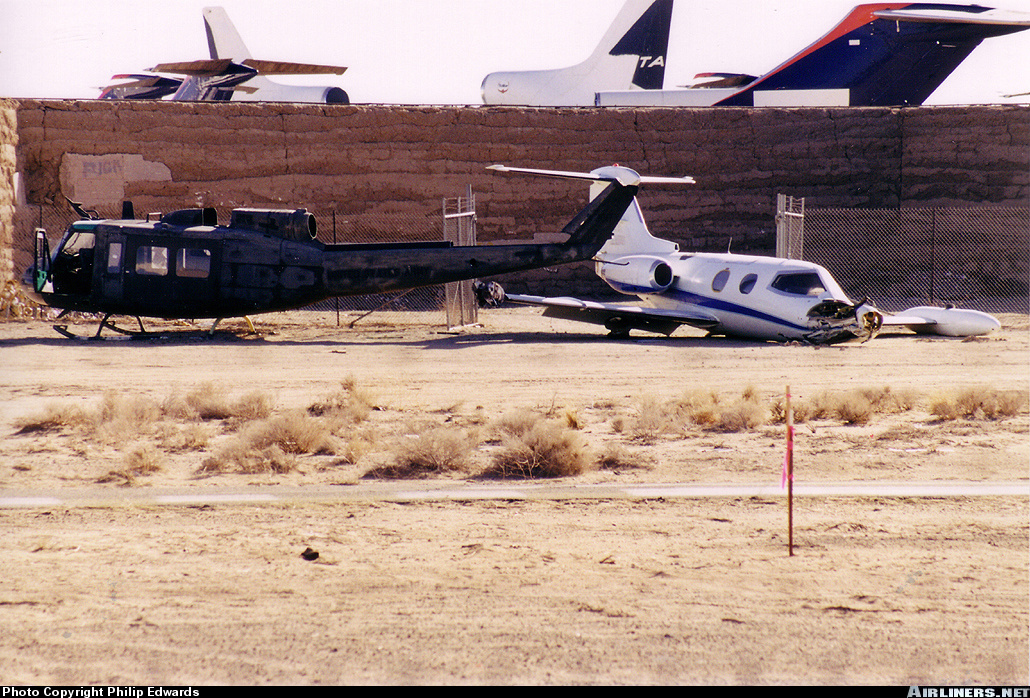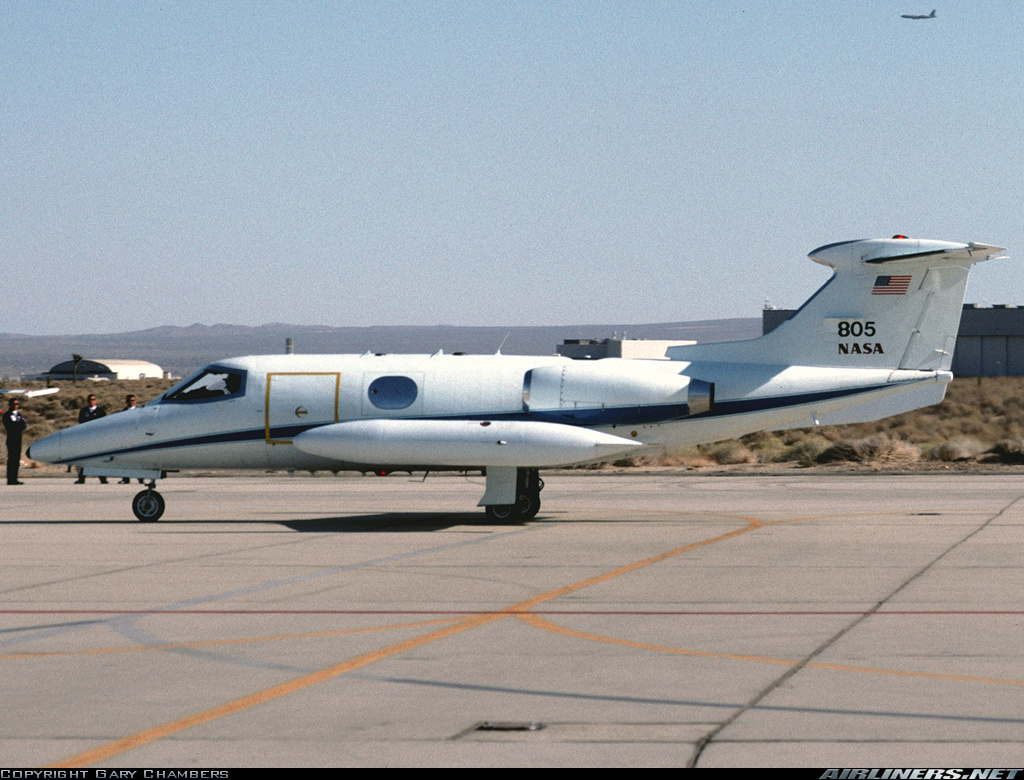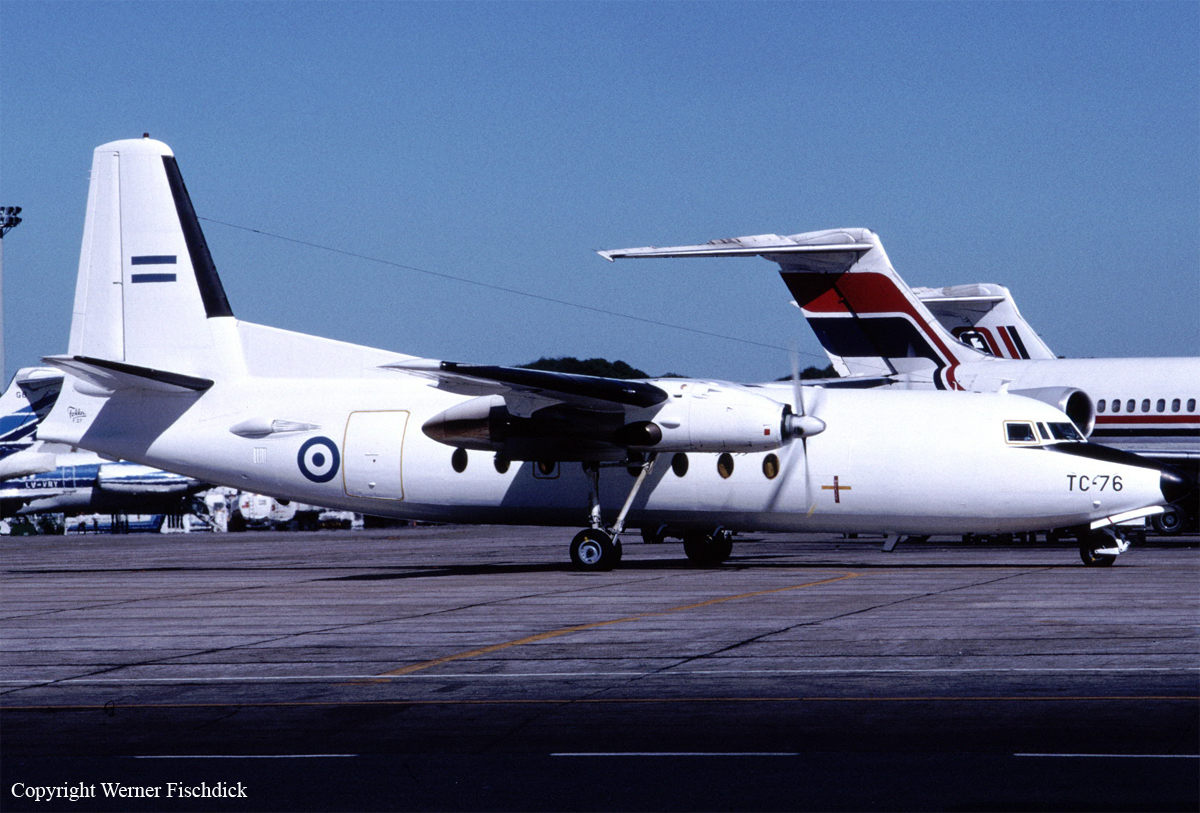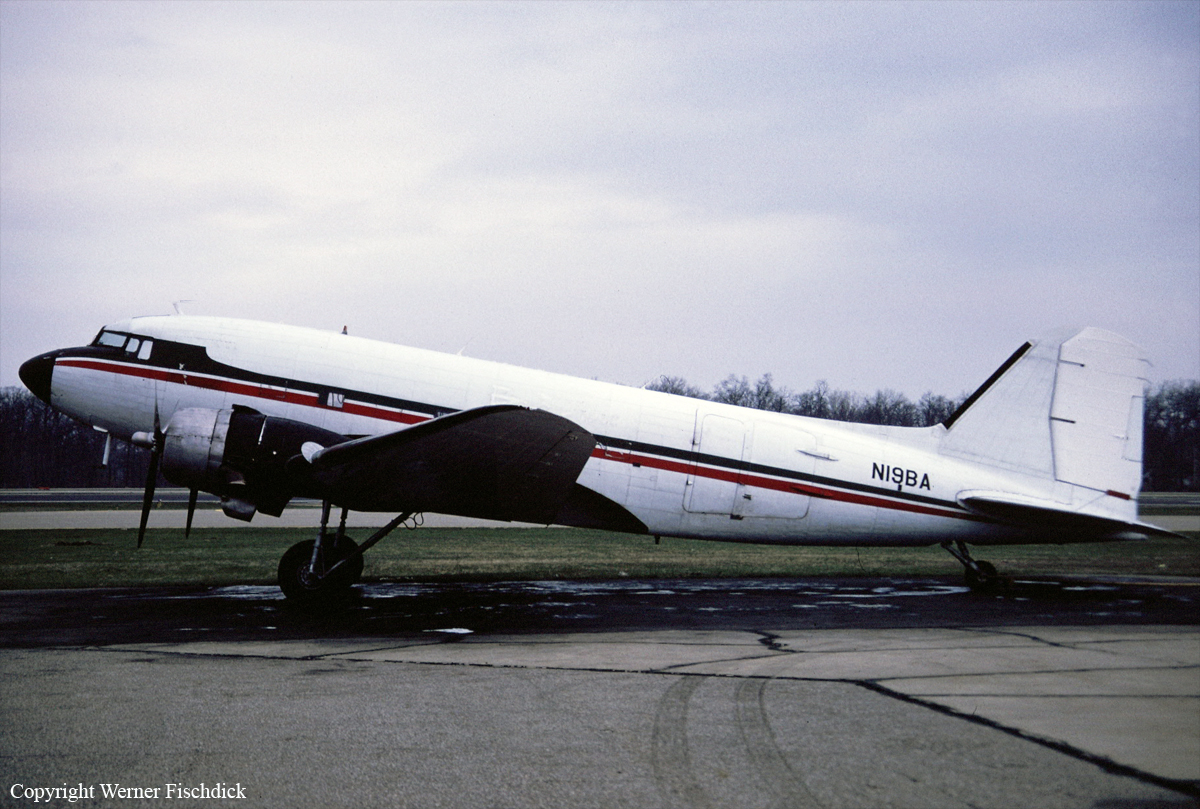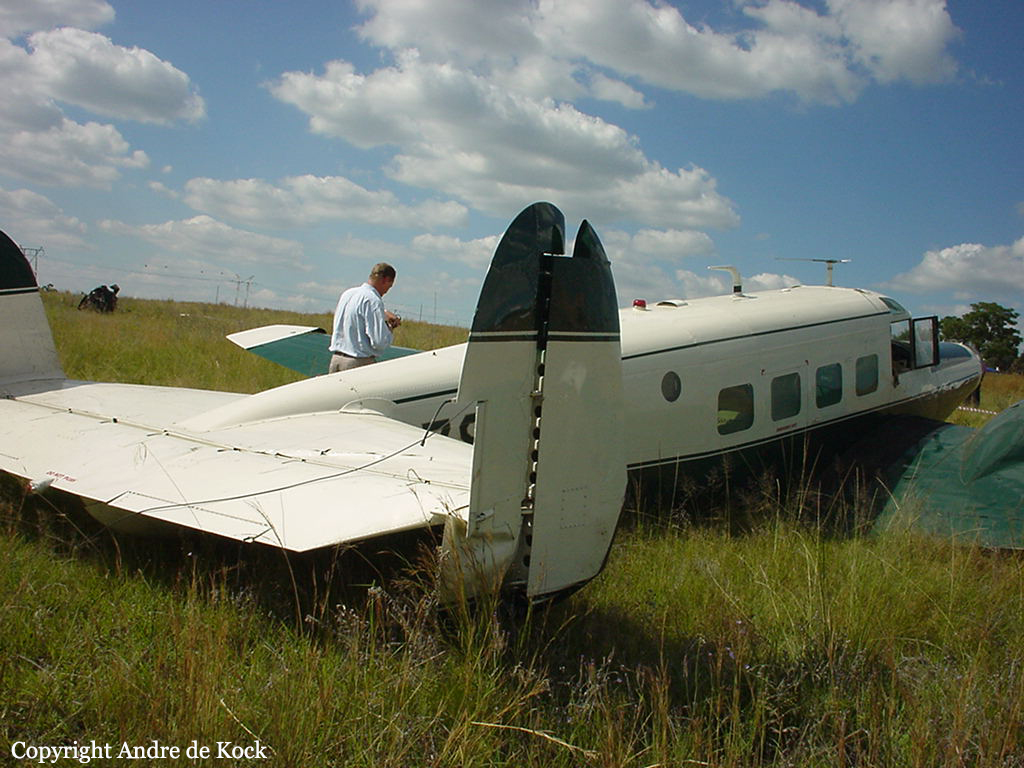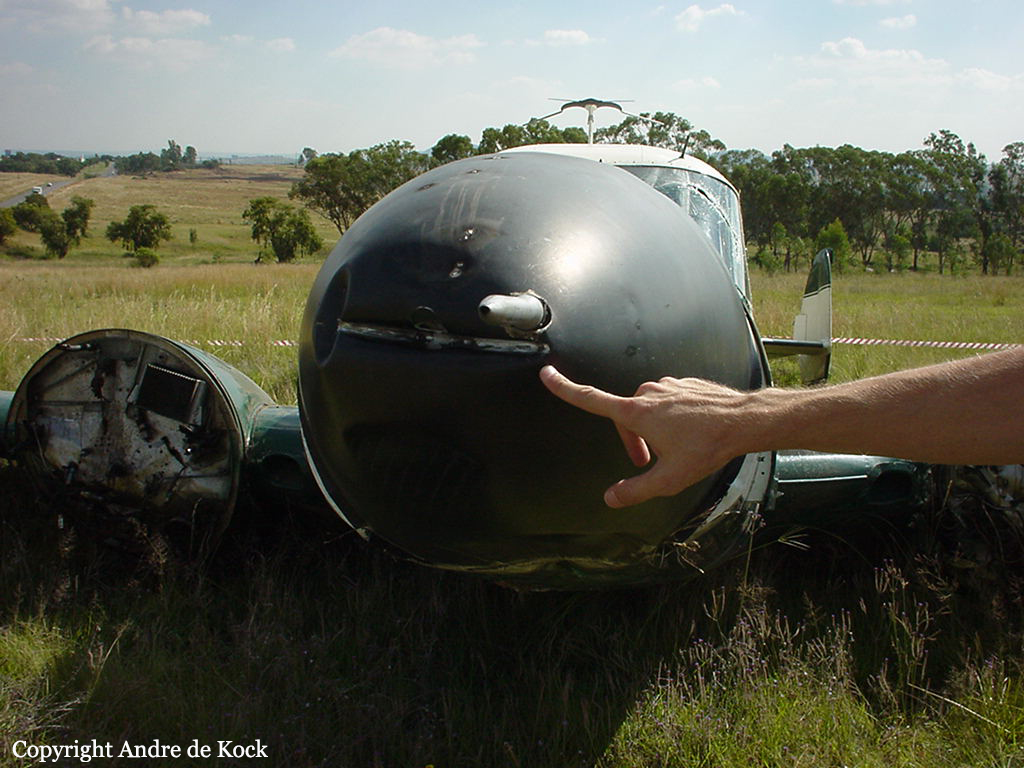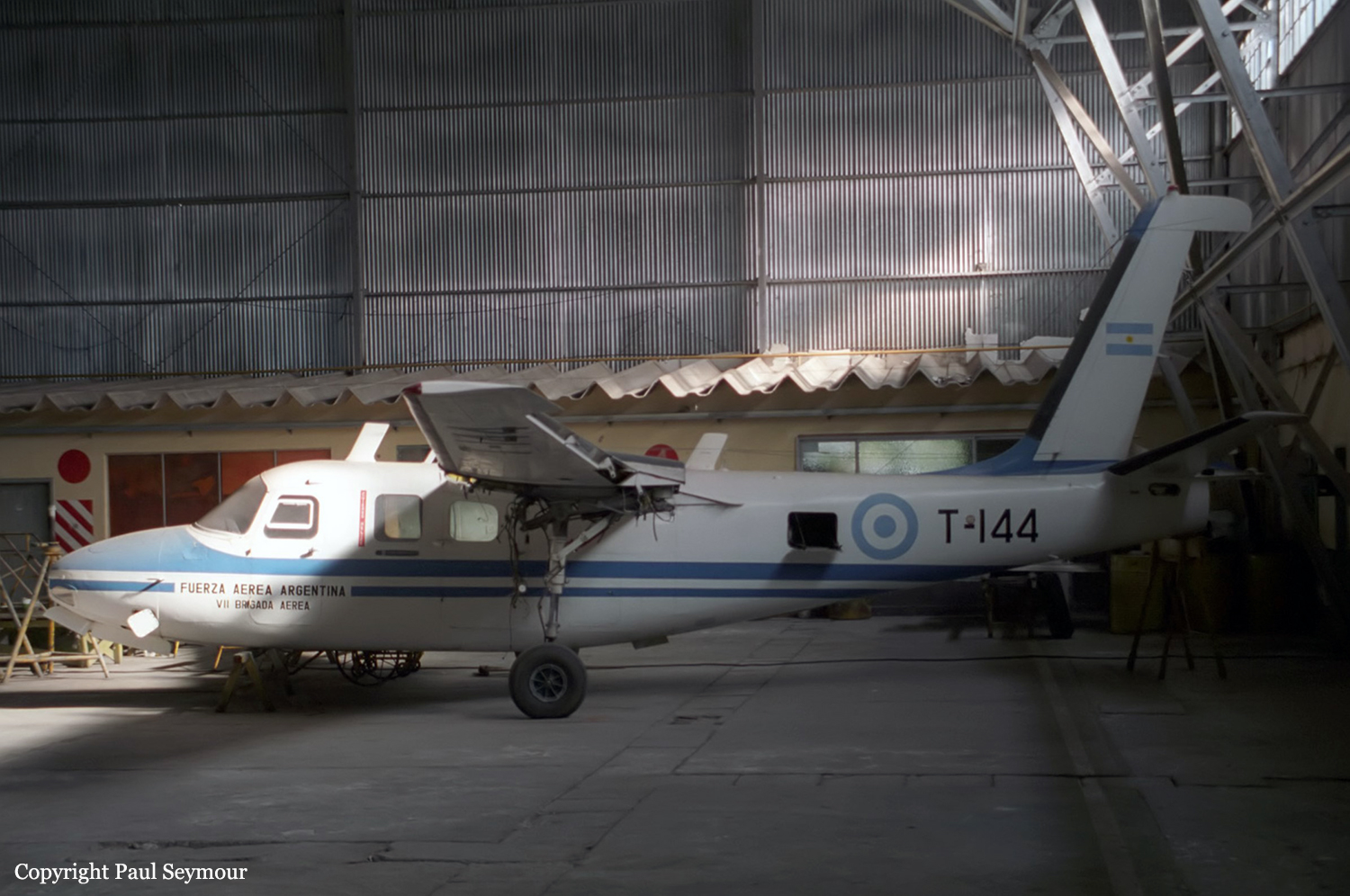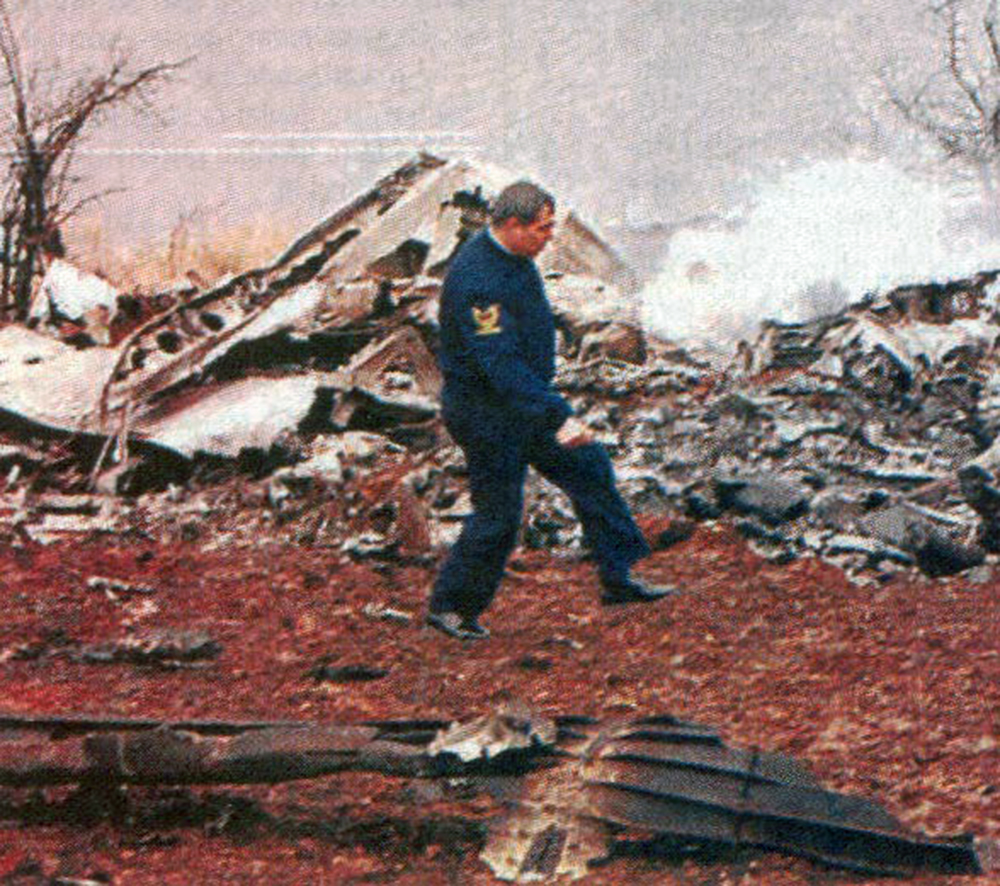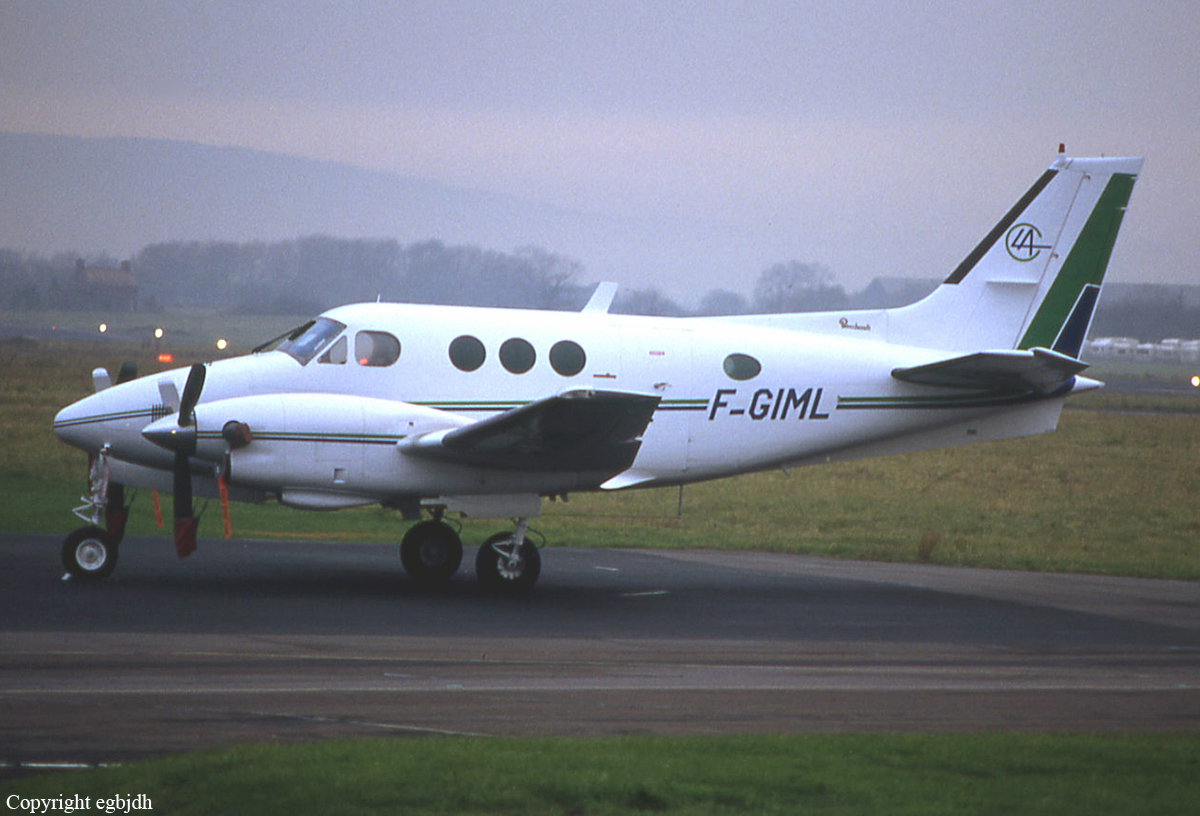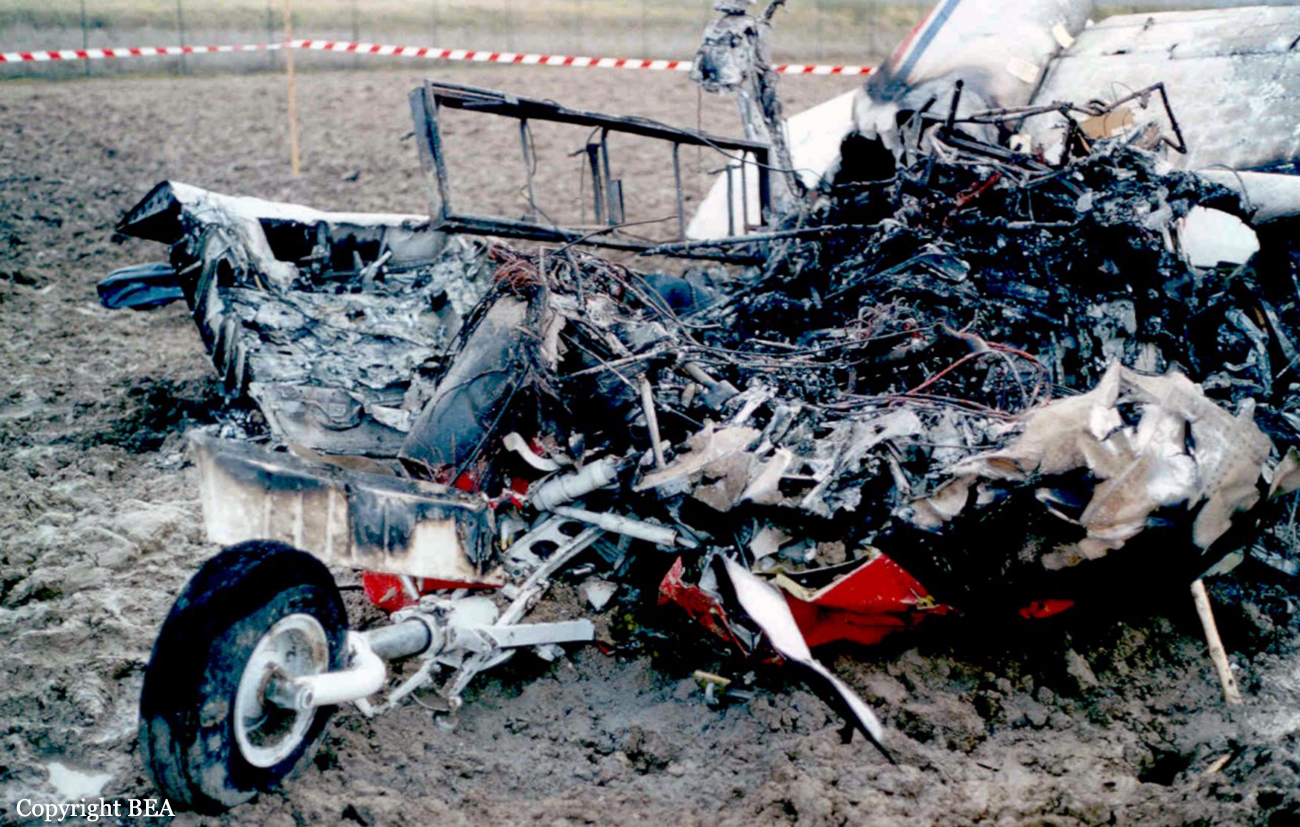Crash of a Beechcraft 200 Super King Air in Moulins: 4 killed
Date & Time:
Nov 24, 2001 at 1130 LT
Registration:
F-GDLE
Survivors:
No
Schedule:
Clermont-Ferrand - Moulins
MSN:
BB-230
YOM:
1977
Crew on board:
2
Crew fatalities:
Pax on board:
2
Pax fatalities:
Other fatalities:
Total fatalities:
4
Aircraft flight hours:
11355
Circumstances:
The twin engine aircraft departed Moulins-Montbeugny Airport in the morning on a training flight to Clermont-Ferrand, carrying two passengers and two pilots. The goal of the flight was to extend the IFR rating of the pilot in the left seat. Following a stop in Clermont-Ferrand, the crew returned to Moulins. Over Moulins, the crew was cleared by ATC to leave the frequency and reported his intention to perform several manoeuvres in the area of Moulins Airport for a period of 30 minutes. Three touch-and-go were conducted on runway 26 then the crew continued at an altitude of about 2,000 feet when the aircraft became unstable on its roll axis. It nosed down and crashed in a wooded area called 'Bois de Bordes' located 7 km north of the airport, bursting into flames. The aircraft was totally destroyed and all four occupants were killed.
Probable cause:
It was determined that the aircraft struck the ground in a gear and flaps up configuration and that both engines were rotating at the time of impact. The left engine nevertheless provided less power than the right at the very moment of their respective impact. The right engine power lever was in sector beta before impact and no anomalies were reported by the crew before the accident. In conclusion, it is believed that the accident was probably due to a loss of control during an engine failure exercise, without however being able to determine with exactitude the chronology of the actions carried out by the crew.
Final Report:
